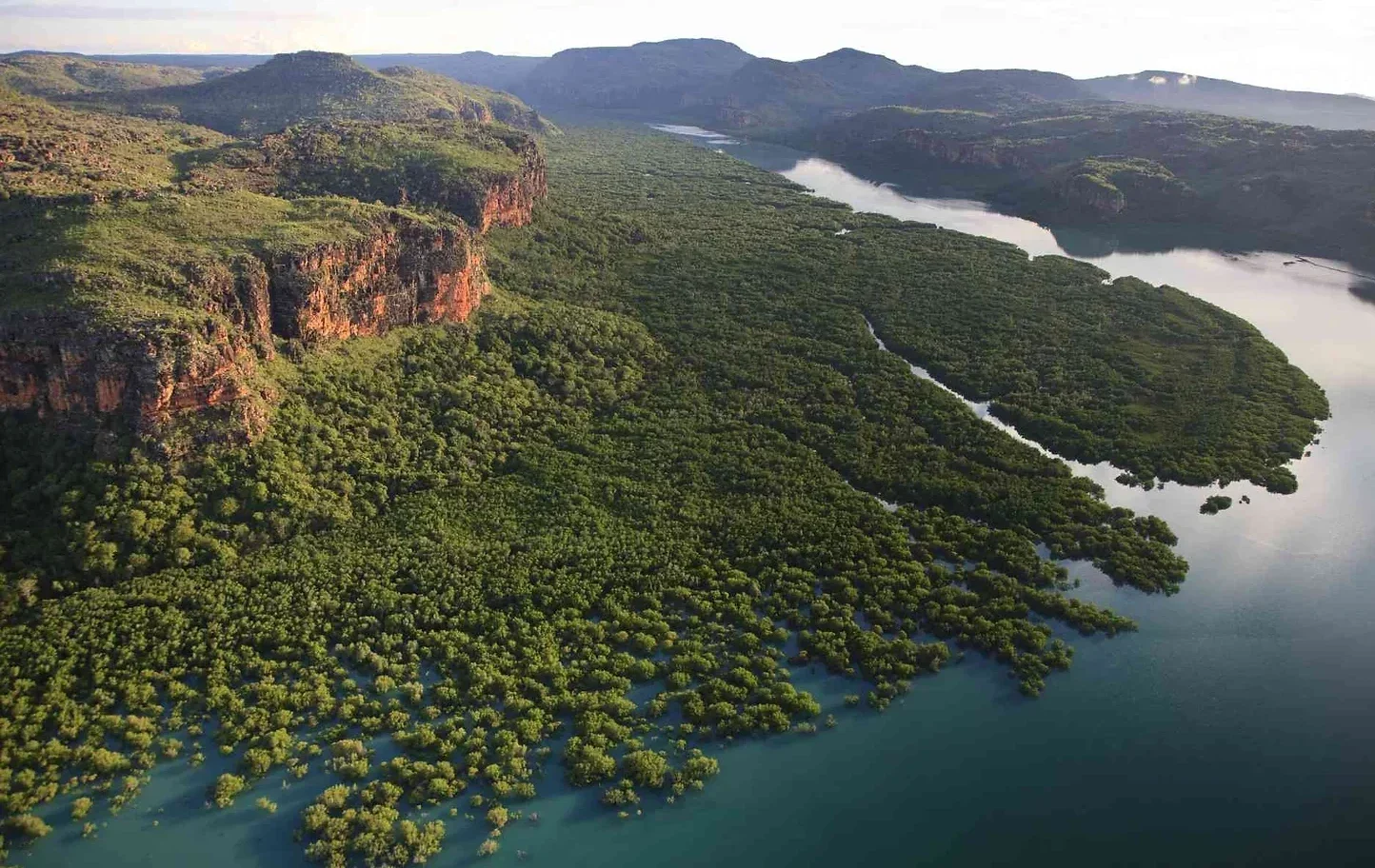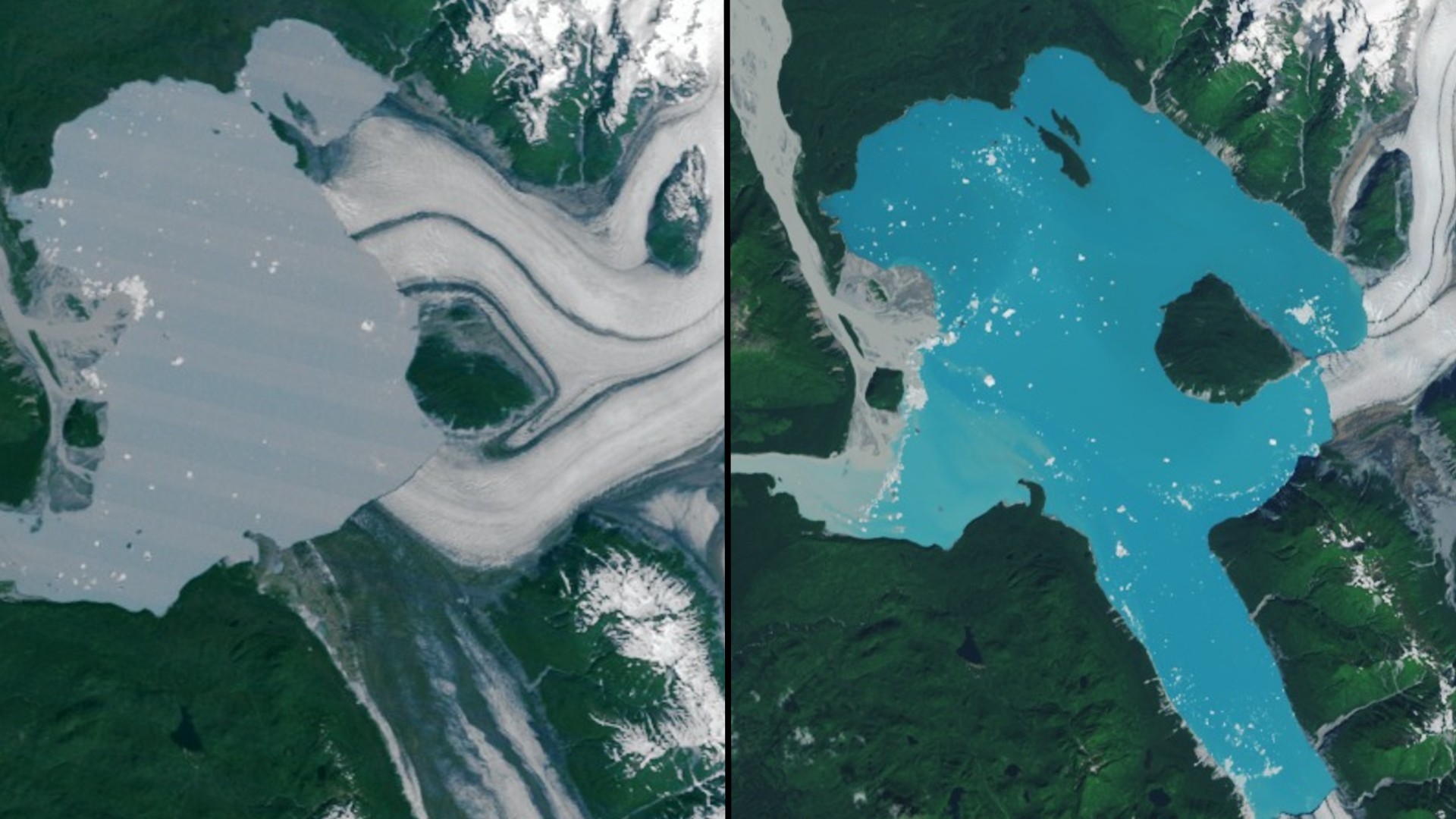Ancient Underwater Settlement Unearthed Near Kimberley: A Glimpse into Human History

A stunning discovery beneath the waves has captivated both archaeologists and scientists as they unearth the remains of a vast underwater colony off the northern coast of Kimberley, Australia. This forgotten settlement, hidden for tens of thousands of years, once thrived with human life and is now reshaping our understanding of early human existence and migration patterns.
Evidence indicates that this underwater settlement dates back as far as 50,000 years, placing it in the Late Pleistocene era. Research from the Australian Museum suggests that a combination of molecular clock estimates, DNA studies, and archaeological findings points to the arrival of modern humans in the region between 48,000 to 50,000 years ago. This timeframe positions the underwater colony amongst the oldest known sites of human habitation in this area, challenging long-held beliefs about human history.
Beyond mere ruins, the site provides vital insights into how early humans navigated and adapted to their changing environments. Over millennia, fluctuating sea levels likely submerged what was once accessible land, providing a unique perspective on the impacts of climate change on ancient societies. Layers of sand, stone, and bone serve as a historical record detailing the transformations of this region.
One particularly intriguing aspect of the discovery is the notion that this submerged land may have served as a migration pathway for ancient populations. Dr. James Bennett, an environmental historian involved in the study, notes, “It’s plausible that this land was used as a pathway for migration.” The existence of these now-submerged routes suggests that early human movement was far more complex than previously understood. This revelation not only rewrites geographical maps but also enriches our comprehension of how these early communities survived, thrived, and interacted with their environment long before written history.
The findings were detailed in a recent article published in Quaternary Science Reviews, illuminating how our ancestors demonstrated remarkable adaptability amidst changing landscapes. The submerged settlement was once part of a landmass nearly 250,000 square miles in size—an area larger than the United Kingdom—featuring a diverse ecosystem that supported a vibrant human population.
Dr. Emily Watson, a noted archaeologist and co-author of the study, expressed excitement about the discoveries, stating, “The findings are nothing short of astonishing. We've uncovered a forgotten world rich in ecological diversity and human history.” This ancient land, despite its potential to have been a desert at times, once harbored a complex network of freshwater and saltwater lakes, rivers, and even an inland sea, which would have been crucial for the estimated population of 50,000 to 500,000 individuals who once inhabited it.
However, the story of this ancient civilization is also one of loss. Approximately 12,000 years ago, at the end of the Pleistocene epoch, rising sea levels submerged half of the landmass, forcing its inhabitants to adapt by migrating to nearby archipelagos. This shift signified the dawn of a new chapter for human history, as these early populations began to explore the seas.
Dr. Watson remarked on the impressive resilience displayed by these ancient peoples, stating, “Their capacity to forge new lives in response to environmental upheavals laid the foundation for future generations.” The submerged settlement has provided not just evidence of its ancient inhabitants but also essential insights into early human migration patterns.
Researchers are currently diving deeper into the site's history, aiming to reconstruct the palaeoecology of the environments that once thrived above the waves. The authors of the study stress the importance of their findings in a global context, noting that “now submerged continental margins clearly played an important role in early human expansions across the world.” This underscores the necessity for further exploration of underwater archaeology, not only in Australia but throughout the globe.
As humanity faces the challenges of climate change today, understanding how our ancestors adapted to similar environmental shifts provides crucial insights for navigating our present and future. The rise of underwater archaeology in Australia is set to significantly enhance our understanding of early human migration patterns and the extensive impact of climate change on ancient populations during the Late Pleistocene.
As researchers continue to explore the secrets hidden beneath the waves, they aim to illuminate our shared human heritage and the lessons it carries for ongoing challenges in the present and future.



























